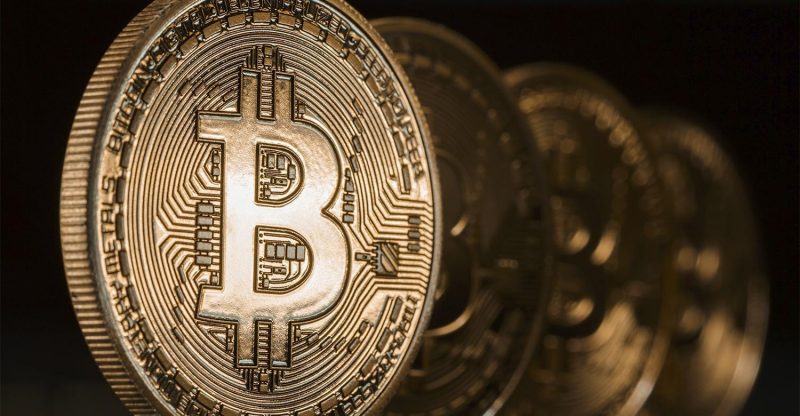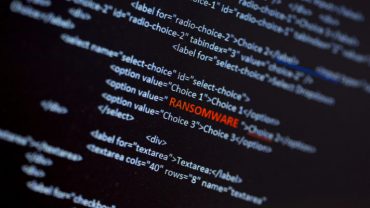A New Art In The Crypto Sphere: Bitcoin And Mnemonics
As the crypto community keeps growing, beginners create mnemonic so as to ensure the safety of their digital assets.
A mnemonic seed is used for a lot of wallets. Usually, users write down a phrase of either 12, 18 or 24 words, that is being tied to their private keys.
This technic called the ‘memoria technica’ or the use of mnemonics is derived from the ancient greeks era when Aristotle and Plato philosophized about certain types of logic.
In simple terms, you can define a mnemonic as a way to reproduce something hard to remember like a series of data, by associating them with things like random words, to enable humans to remember the original data by using the mnemonic as a deciphering tool. If something were to happen, the list of words you write down as a backup with private keys tied to cryptocurrencies is enough information to recover your funds. A reliable wallet’s software will tie the private key to a mnemonic recovery phrase in a secure and randomized fashion.
BIP 39 is the implementation supported by crypto wallets that use a mnemonic seed. BIP 39 allows private keys to be tethered to a group of words trhat are easy to remember. The set of words used to write a seed to a new wallet represent your private key. Anyone able to learn the mnemonic phrase will have access to your funds. The longer the mnemonic, the more secure your funds are. This is because the longer the phrase is, the number of possible combinations becomes exponentially harder tro crack as the English wordlist for BIP 39 contains 2048 words, so in order to crack a 12-word phrase, it would require figuring out 2048^12 = 2^132 possible combinations under a shield of 128-bit security.





